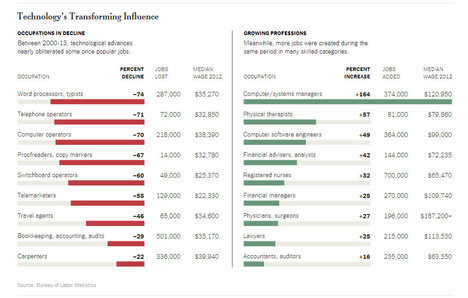(p. C3) Not long after I first met Warren Buffett back in 1991, I asked him to recommend his favorite book about business. He didn’t miss a beat: “It’s ‘Business Adventures,’ by John Brooks, ” he said. “I’ll send you my copy.” I was intrigued: I had never heard of “Business Adventures” or John Brooks.
Today, more than two decades after Warren lent it to me–and more than four decades after it was first published–“Business Adventures” remains the best business book I’ve ever read. John Brooks is still my favorite business writer. (And Warren, if you’re reading this, I still have your copy.)
. . .
One of Brooks’s most instructive stories is “Xerox Xerox Xerox Xerox.” (The headline alone belongs in the Journalism Hall of Fame.) The example of Xerox is one that everyone in the tech industry should study. Starting in the early ’70s, Xerox funded a huge amount of R&D that wasn’t directly related to copiers, including research that led to Ethernet networks and the first graphical user interface (the look you know today as Windows or OS X).
But because Xerox executives didn’t think these ideas fit their core business, they chose not to turn them into marketable products. Others stepped in and went to market with products based on the research that Xerox had done. Both Apple and Microsoft, for example, drew on Xerox’s work on graphical user interfaces.
I know I’m not alone in seeing this decision as a mistake on Xerox’s part. I was certainly determined to avoid it at Microsoft. I pushed hard to make sure that we kept thinking big about the opportunities created by our research in areas like computer vision and speech recognition. Many other journalists have written about Xerox, but Brooks’s article tells an important part of the company’s early story. He shows how it was built on original, outside-the-box thinking, which makes it all the more surprising that as Xerox matured, it would miss out on unconventional ideas developed by its own researchers. (To download a free e-book of “Xerox Xerox Xerox Xerox,” go to GatesNotes.com.)
For the full review, see:
BILL GATES. “My Favorite Business Book.” The Wall Street Journal (Sat., July 12, 2014): C3.
(Note: ellipsis added.)
(Note: the last quoted sentence is in the location, and has the wording, of the printer version, not the online version.)
(Note: the online version of the review has the date July 11, 2014, and has the title “Bill Gates’s Favorite Business Book.”)
The book being reviewed is:
Brooks, John. Business Adventures: Twelve Classic Tales from the World of Wall Street. pb ed. New York: Open Road Integrated Media, Inc., 2014.

